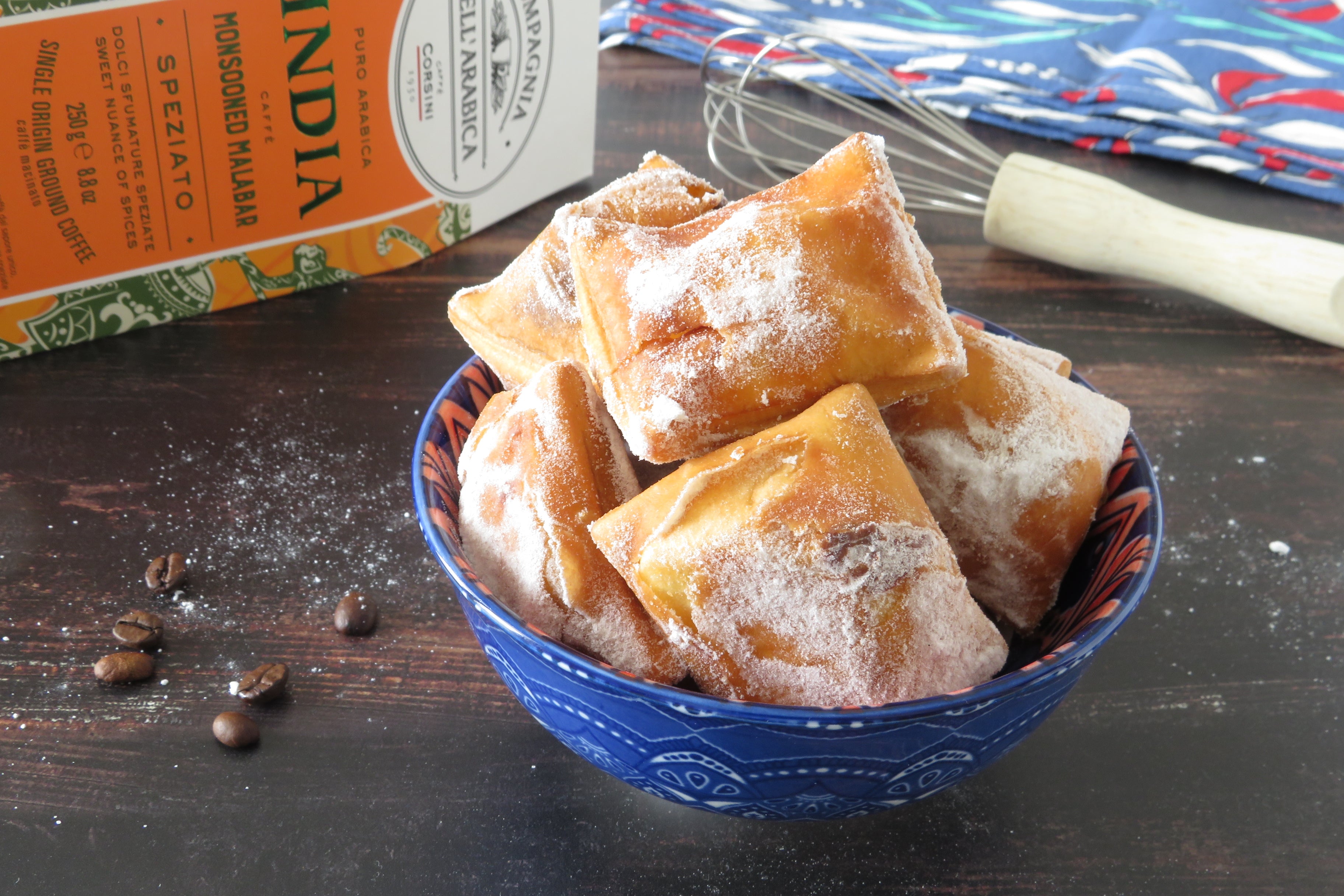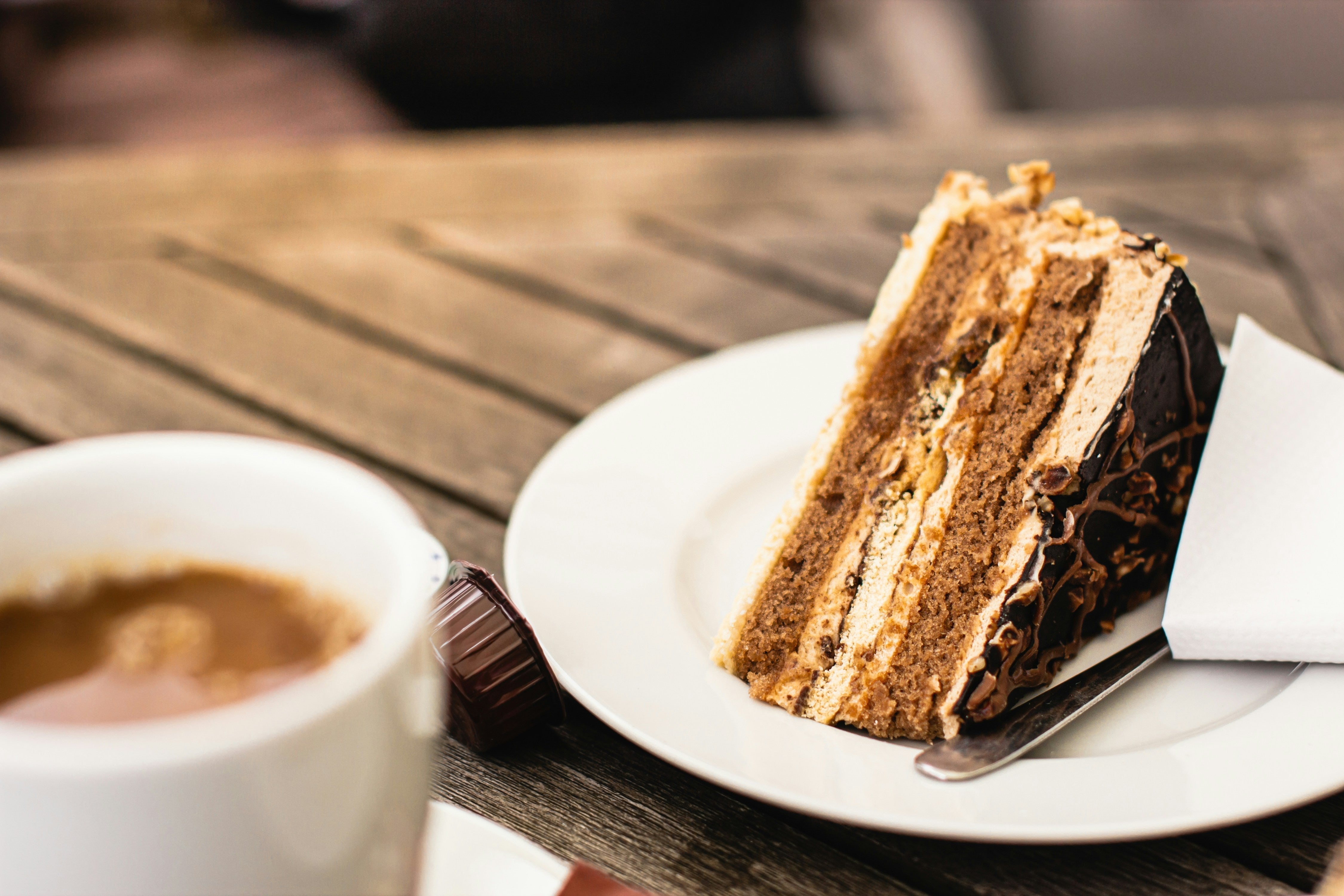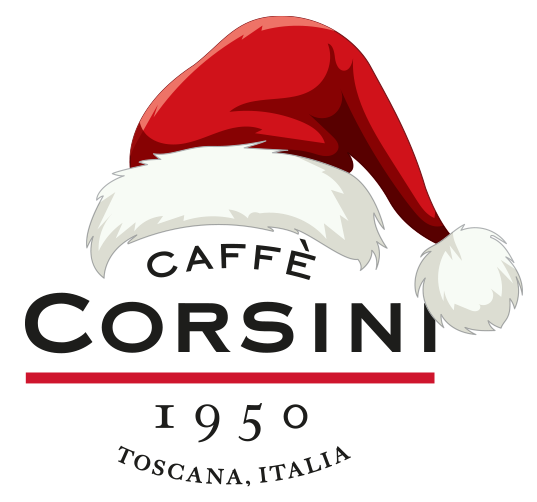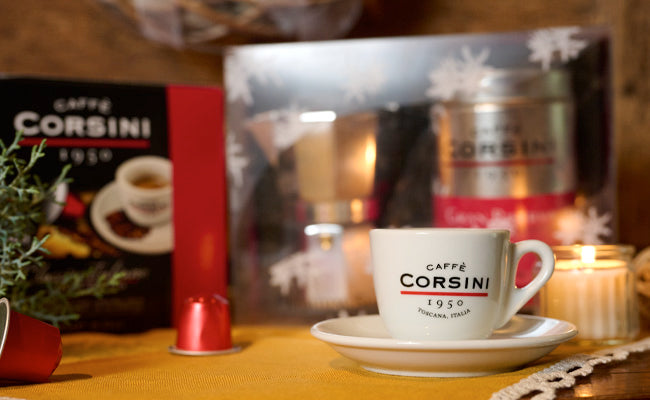
Carnival sweets from all over Italy
Carnival is a very joyful and fun time of year, especially for the little ones.
During this period, in addition to masquerade and make-up, fried sweets take centre stage in the kitchen (some can also be baked in the oven but believe me, it is not the same!).
The most famous Carnival cake is chiacchiere, also called bugie, frappe or cenci.
Next are castagnole, batter fried in boiling oil with a super soft heart like a cloud.
In Italy, every region and city has its own speciality. Let's see what they are:
- Northern Italy
In the Mantua area, riccioli are famous, biscuits made with very finely ground corn flour (fioretto), to which butter, sugar, lard, egg yolks and grated lemon rind are added.
In many areas of Lombardy, they are celebrated with làciàditt, small apple fritters typical of Ambrosian Carnival.
From South Tyrol come krapfen, which, although nowadays are eaten all year round, are actually a typical carnival cake (in South Tyrol their name is Faschingskrapfen, i.e. 'carnival krapfen').
In Piedmont, the traditional dessert is farciò, pancakes of the Alexandrian carnival, different from castagnole because they are puffy and larger in size. They can be filled with custard.
- Central Italy
In Tuscany they make berlingozzo, a typical doughnut-shaped cake, and schiacciata alla fiorentina, a simple and fluffy cake with the city's coat of arms in the shape of a lily.
In the Marche region there are the arancini di Carnevale, a puff pastry fried with orange juice and peel.
In Spoleto, crescionda, a chocolate and amaretti cake with a pudding-like consistency, is prepared instead.
In lower Lazio, cecamarini are prepared, similar to castagnole, but smaller and with a softer dough due to the presence of milk.
- Southern Italy
In some regions in the south (Abruzzo and Molise) but also in central Italy (Umbria), cicerchiata is prepared, a pyramid or crown of fried dough balls, mixed with boiling honey that, as it cools, binds the balls together, giving them shape and structure.
The pignolata glassata, on the other hand, is a typical Sicilian Carnival dessert. These are fried dumplings covered in white lemon icing or dark chocolate icing or covered in honey.
Sardinian zeppole are fried doughnut-shaped sweets or in the shape of thin coils of rolled dough from the island's carnival tradition.
In Naples, migliaccio is famous, a sweet once made with millet flour (hence the name) and now made with semolina instead.
Also famous and delicious are graffe, fried doughnuts made with a potato dough.
In short, one tastier than the other!
What do these delicious sweets have in common? They all go perfectly with an excellent cup of coffee or cappuccino, naturally signed Caffè Corsini!
Blog posts

Conciliazione Vita-Lavoro: Bando welfare aziendale Regione Toscana
Conciliazione Vita-Lavoro: Bando welf...
Read more
The best coffee recipes with the Thermomix®: breakfast, break and after dinner
Long, short, espresso. Macchiato, cre...
Read more
